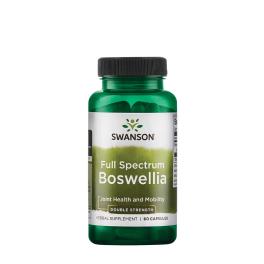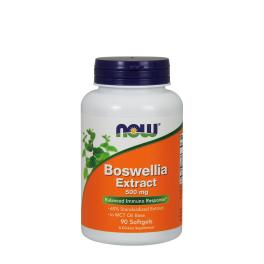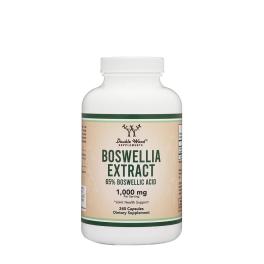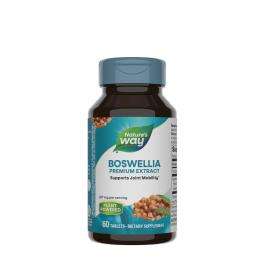The resin of the Incense tree (Boswellia) species is used as an incense in many religious and cultural ceremonies. The Frankincense Route through Egypt, Arabia and India was one of the largest and most prosperous trade routes for transporting frankincense and myrrh, dating back to 300 BC, but the effects of frankincense resin were known even before then.
There are also several spieces of frankincense in the world, the most commonly studied being Boswellia serrata, but the resins of B. frereana, B. sacra, B. ovalifoliolata, B. carterii, B. papyrifera, B. rivae, B. neglecta are also commonly used.
The resins produced by incense play a role in protecting the tree, flowing into the wounds in tree and solidifying there.
Nearly 200 active substances have been identified from the resins of the frankincense tree. The two main groups of constituents are resin acids and resin oils. Their composition varies according to species and environmental exposure. The main active ingredient in frankincense is beta-tartaric acid, which is actually formed by the combination of terpenes. There are 6 main types of frankincense acid, and the proportion of each varies from variety to variety.
Resin has many health benefits. Nearly 200 active ingredients "fine-tune" the antioxidant effects, making frankincense resin one of the world's best antioxidants. The antioxidants help to fight cell-damaging free radicals (reactive oxygen and nitrogen radicals) that seek to damage cells by oxidation. In this way, antioxidants provide protection against oxidative stress. Many diseases are caused, among others, by oxidative stress, thus frankincense can reduce the risk of many diseases.
Studies have reported:
- May lower blood glucose levels in people with diabetes by helping cells sense insulin and aiding in the rebuilding of the insulin-producing pancreas.
- It also has blood pressure-regulating effects, as it has anticoagulant, diuretic and cholesterol-lowering effects.
- It has liver-protecting effects, helps proper far metabolism and helps the perception of the hormone that makes you feel full (leptin), thus also having an appetite-suppressing effect. In summary, it helps with weight control.
- It has anti-cancer effects, inhibiting the division of cancer cells. It reduces brain tumour oedema but does not necessarily affect the size of the tumour. Even if the size of the tumour is not affected, the reduction of the oedema can make a big difference.
- Studies have shown that it can improve osteoporosis, multiple sclerosis, asthma, psoriasis and eczema.
Because there are many different types of wood resin and the way they are made varies from one manufacturer to another - and therefore the composition of frankincense varies - it is not possible to give precise recommended doses, and comparisons are made between traditional practises and existing studies.
For lower active extract, doses of up to 5400 mg per day are used (1800 mg 3x daily), but generally 3x800-1200 mg per day is used. Extracts with a higher active ingredient content (ex. 5-LoxinTM, AflapinTM, AprésFLEXTM) will be effective at doses of 100-250 mg daily. In all cases, start at low levels for 2-3 months and increase until no beneficial effects are seen.






